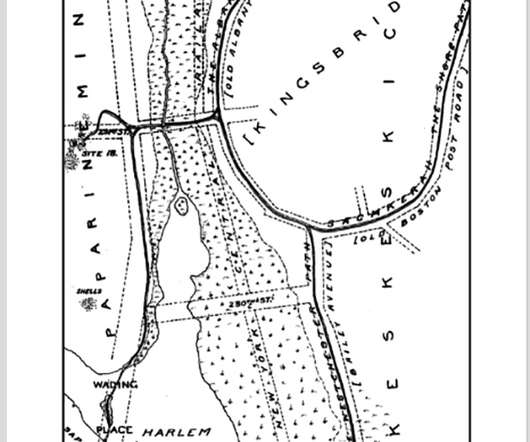Can Nature Take Care of Itself?
10,000 Birds
DECEMBER 4, 2015
My work as a wildlife rehabilitator over the past forty-five years has allowed me a unique perspective on a disturbing trend. Consider this: ninety percent of birds treated at wildlife centers are admitted as a result of human interactions that have nothing to do with “nature.” He lay in a ditch with a spinal injury, unable to move.










Let's personalize your content